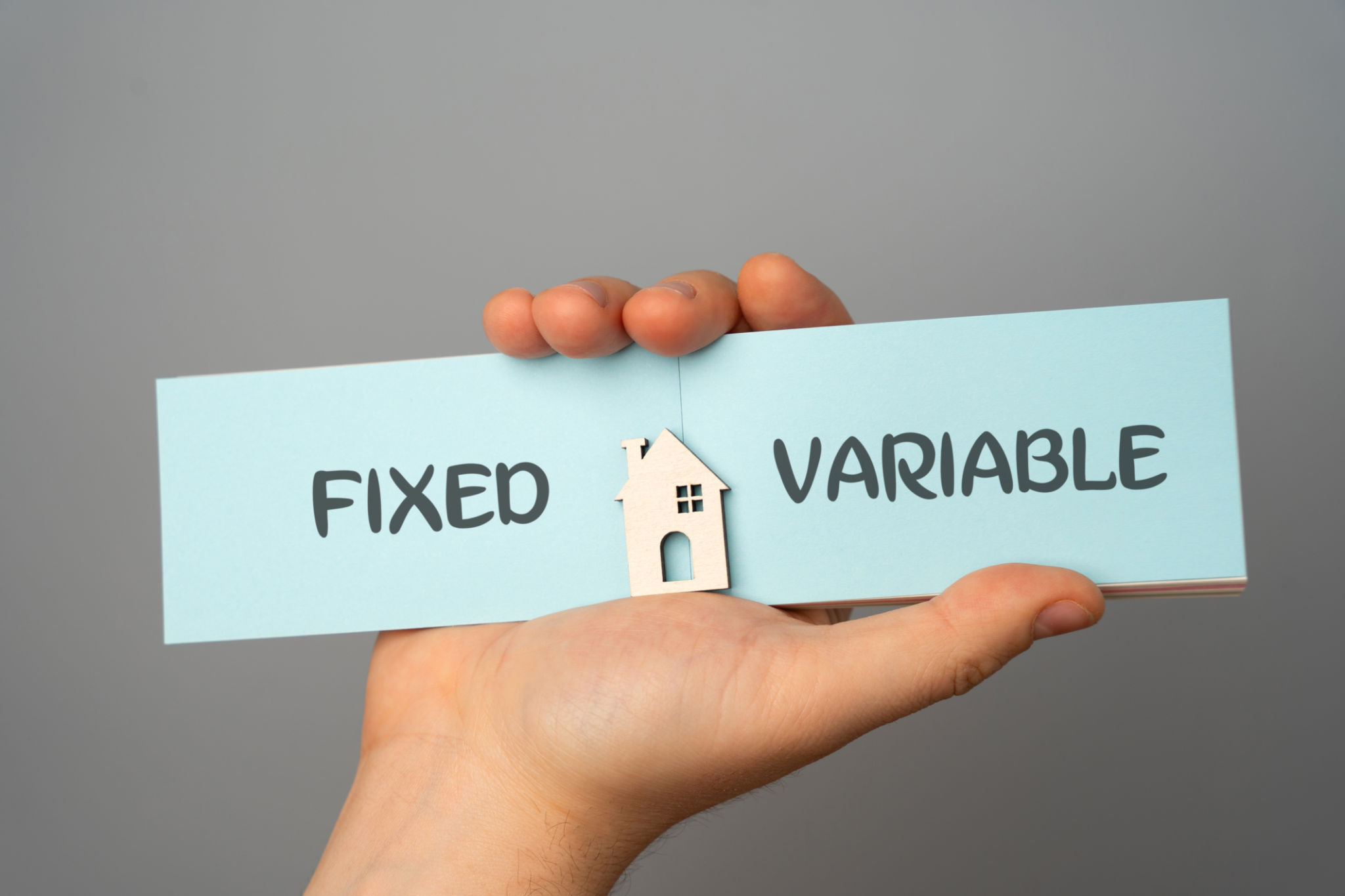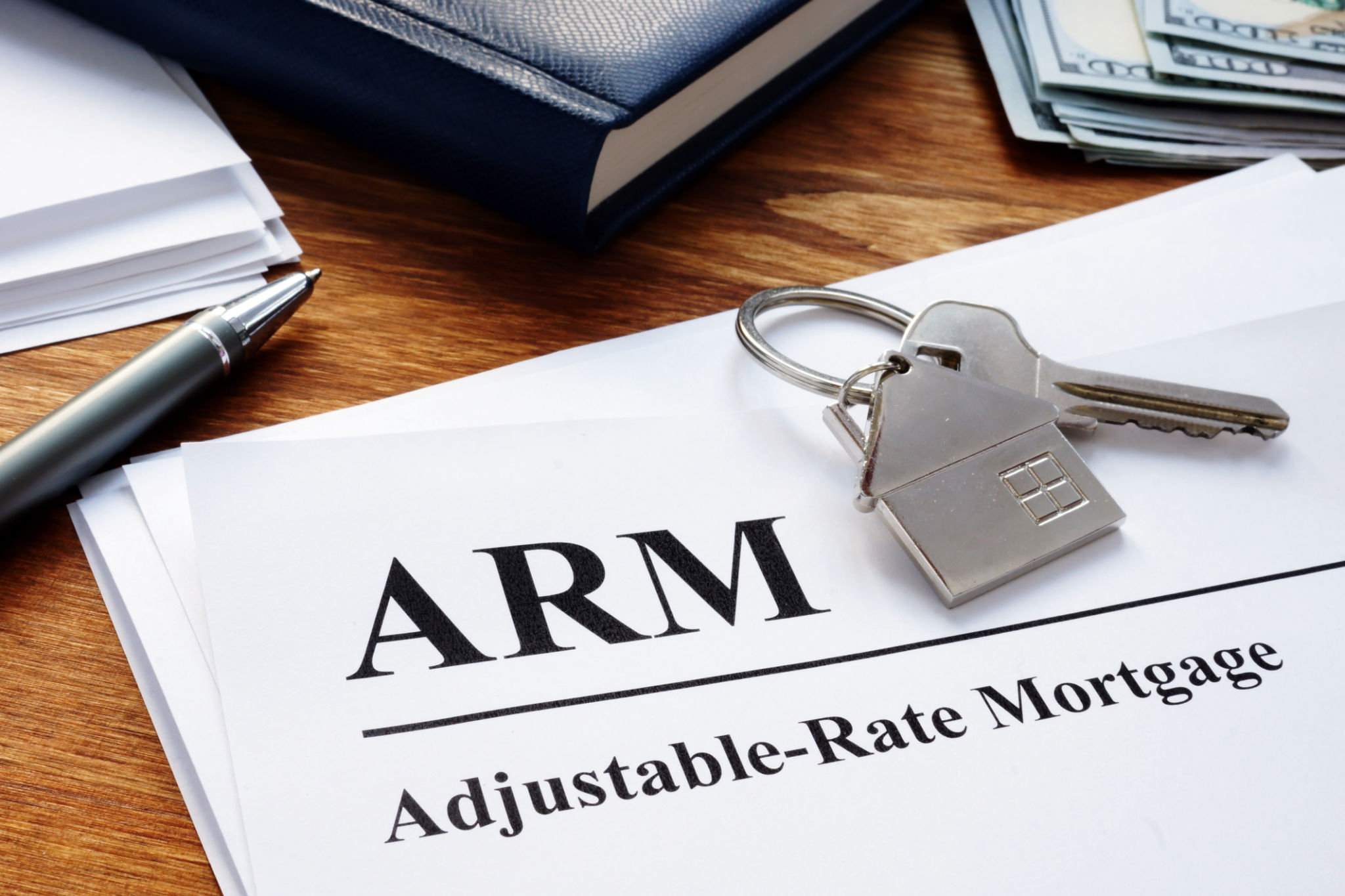Comparing Mortgage Options: Fixed vs. Variable Rates
Understanding Fixed and Variable Rate Mortgages
When you're in the market for a new home or considering refinancing, understanding the different types of mortgage rates is crucial. The two most common options are fixed and variable rate mortgages. Each has its distinct advantages and potential drawbacks, catering to different financial situations and risk tolerances.
A fixed-rate mortgage means that your interest rate remains the same throughout the entire term of the loan. This provides stability and predictability, allowing homeowners to budget effectively for the long term. In contrast, a variable-rate mortgage, also known as an adjustable-rate mortgage (ARM), has an interest rate that can fluctuate based on market conditions.

Advantages of Fixed-Rate Mortgages
The key advantage of a fixed-rate mortgage is the predictability it offers. Homeowners know exactly what their monthly payments will be, regardless of changes in the economy or interest rates. This can be particularly beneficial in a rising interest rate environment, as it locks in a lower rate for the duration of the loan.
Fixed-rate mortgages are often recommended for buyers who plan to stay in their homes for a long time and prefer stable payments. They are also favored by those who are risk-averse and want to avoid the uncertainty associated with variable-rate loans.
Considerations for Fixed-Rate Mortgages
Despite their advantages, fixed-rate mortgages may come with higher initial interest rates compared to variable options. This could mean higher overall costs if interest rates remain low over the loan period. Borrowers should weigh the stability against the potential for lower payments with variable rates.

Exploring Variable-Rate Mortgages
Variable-rate mortgages often start with lower interest rates than fixed-rate loans, which can lead to lower initial monthly payments. This makes them attractive to those who plan to move or refinance before the rate adjusts. Additionally, if market rates decrease, borrowers with variable-rate mortgages could benefit from reduced payments.
These mortgages typically offer an initial fixed-rate period, after which the rate can change at specified intervals based on an index. Understanding how these adjustments work and their potential impact on future payments is crucial for borrowers considering this option.
Risks Associated with Variable-Rate Mortgages
The primary risk of a variable-rate mortgage is the uncertainty of future payments. If market rates increase significantly, monthly payments can rise sharply, potentially impacting affordability. Borrowers must be prepared for these changes and should assess their ability to handle fluctuating payments.

Making the Right Choice
Choosing between a fixed and variable rate mortgage depends largely on individual circumstances, including financial stability, future plans, and tolerance for risk. Here are a few key considerations:
- Duration of Stay: If you plan to stay in your home for a long time, a fixed-rate mortgage may be more beneficial.
- Financial Flexibility: Evaluate your ability to manage potential increases in payment amounts with a variable rate.
- Market Conditions: Consider current and projected interest rate trends when making your decision.
Ultimately, both fixed and variable rate mortgages have their place in the housing market. By understanding their differences and evaluating your personal situation, you can make an informed choice that aligns with your financial goals and lifestyle.